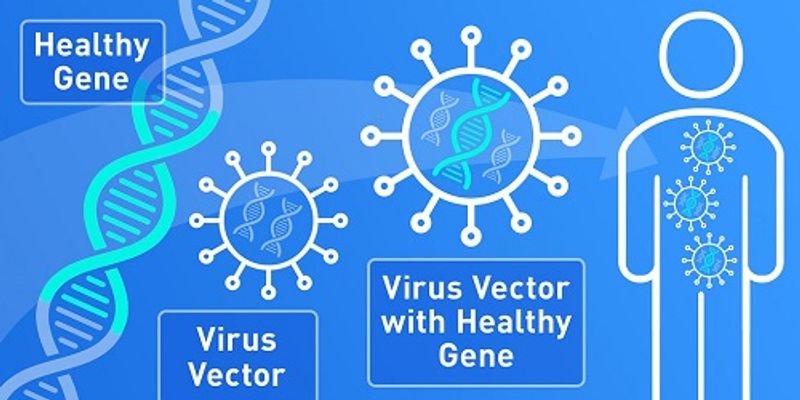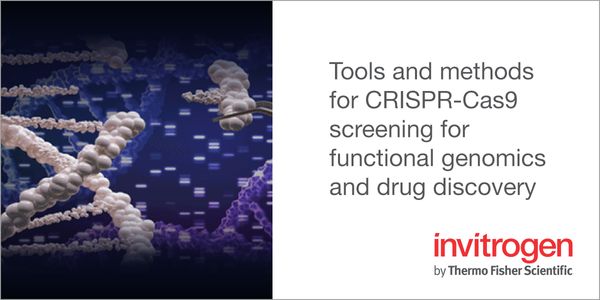JUN 18, 2020 | 9:00 AM
DATE: June 18, 2020 TIME: 9:00am PDT, 12:00pm EDT Despite the success of immunotherapy against several malignancies including melanoma and lung adenocarcinoma, glioblastoma remains the excep...
JUN 02, 2020 | 7:00 AM
DATE: June 2, 2020 TIME: 7:00am PT, 10:00am ET In just a few months COVID-19 has risen from a regional crisis to a global threat, and drug makers are now scrambling to develop vaccines aimed...
MAY 04, 2020 | 9:00 AM
DATE: May 4, 2020 TIME: 9:00am PT, 12:00pm ET...
APR 30, 2020 | 9:00 AM
DATE: April 30, 2020 TIME: 9:00am PT, 12:00pm ET Loss-of-function studies are an established method for uncovering a gene’s role in a biological pathway or disease state. The advent of...
APR 27, 2020 | 9:00 AM
DATE: April 27, 2020 TIME: 9:00am PT, 12:00pm ET Recombinant adeno-associated virus (rAAV) is a small (25-nm) virus that is composed of a protein shell called a capsid and a single-stranded...
The International Council for Standardization in Haematology (ICSH) is a nonprofit organization dedicated to providing open-access guidance documents to enhance the quality of laboratory tes...
Our laboratory uses tools from pharmacology, genomics, and cell signaling to identify new precision anticancer therapeutic strategies. Under this broad heading, our work involves three key a...
























